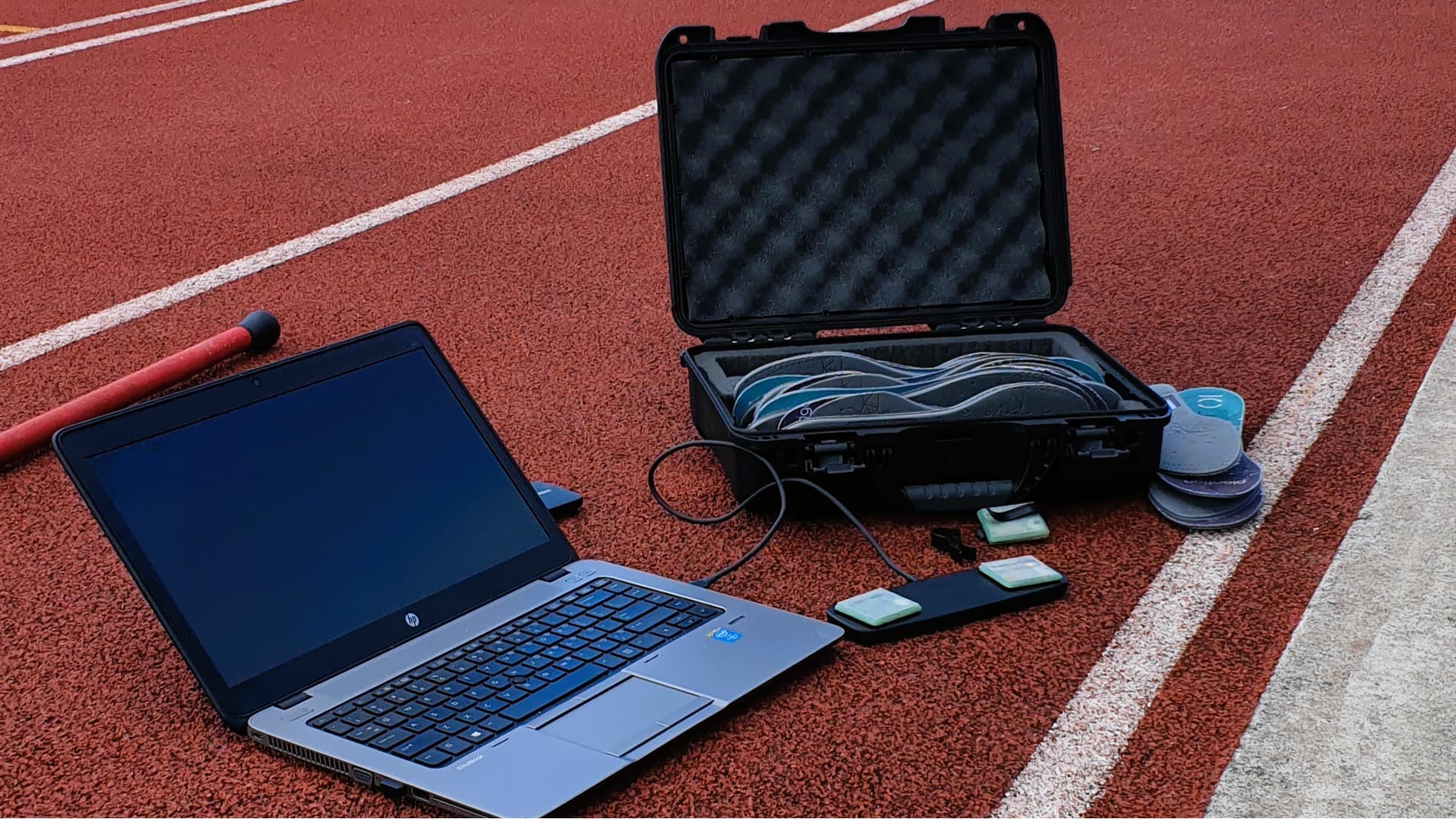Scientific Foundation
Good2Go’s dual-task gait assessment gives healthcare providers unprecedented insight into recovery status, and immediate pointers to interventions. The research base shows superior sensitivity vs. traditional methods and objective, quantifiable markers that map to real-world function.

What does the research say?
Extensive peer-reviewed literature shows dual-task gait provides superior sensitivity, predictive validity, and ecological relevance compared with single-task tests. It yields objective scores that eliminate subjectivity and standardise assessment across contexts, refining clinical decision-making.
Deficits persist beyond symptom resolution; dual-task exposes what single-task misses.
Persistent dual-task costs correlate with higher risk of subsequent injury.
Dual-task mirrors everyday cognitive-motor demands, improving return-to-activity decisions.
Standardised, quantifiable metrics to reduce subjectivity and variability.
Are tasks like dynamic walking or complex sports movements, still affected.
Sensor-based protocols enable reliable, scalable implementations.
What underpins Good2Go?
The Good2Go concussion monitoring system is built on extensive research and trials spanning:
- • Gait and cognitive function
- • Dual-task vs. single-task gait sensitivity
- • Impaired head stabilization during turning in chronic mTBI
- • Turning performance reflects real-world change-of-direction in sport
- • Dynamic balance captured within gait assessments
- • Plantiga IMUs and continuous walking protocol validity/reliability
- • Pre/post-concussion data across rugby, netball, football, hockey, workplace, home
- • Clinical protocols, thresholds, and analysis methods

Clinical Significance
- • Superior sensitivity for post-concussion deficits
- • Predictive capability for future injury prevention
- • Objective measures supporting return-to-play/work
- • Enhanced serial monitoring across recovery
Evidence supports AI-enhanced dual-task gait as a gold standard for modern concussion management.
Good2Go Dashboard
These 23 research studies form the evidence-based foundation of the Good2Go concussion monitoring system, ensuring clinical protocols, thresholds, and analysis methods are grounded in peer-reviewed research.
Show evidence list (23 studies)
- Barr, W. B., & McCrea, M. (2001) — 8% CV threshold for new norm establishment.
- Schatz, P., & Sandel, N. (2013) — Validates 8% CV threshold for post-injury assessment.
- Broglio, S. P., et al. (2007) — Reliability standards; 3+ baselines with ≤10% CV.
- Lovell, M. R., et al. (2006) — 10% CV threshold for baseline variability.
- Covassin, T., et al. (2009) — Sex differences underpin trajectory-based predictions.
- Lau, B. C., et al. (2009) — Signs/symptoms linked to protracted recovery risk.
- Hunt, T. N., et al. (2009) — 2.5-point threshold for meaningful balance improvement.
- Guskiewicz, K. M., et al. (2001); (2003) — Variability standards & return-to-activity thresholds.
- Iverson, G. L., et al. (2003); (2006) — Normative ranges & asymptotic plateau methods.
- Echemendia, R. J., et al. (2012); Broglio, S. P., et al. (2018) — Population norms (ImPACT, CARE).
- McCrea, M., et al. (2013) — Individualized trajectories over population standards.
- Echemendia, R. J., et al. (2013) — Multi-modal approach reduces false negatives.
- Register-Mihalik, J. K., et al. (2013) — Dual-task thresholds for functional assessment.
- Howell, D. R., et al. (2018) — Composite score readiness thresholds.
- McCrory, P., et al. (2017) — International consensus shaping CDS algorithms.
- Putukian, M., et al. (2021) — Graduated return-to-activity protocols.
- Hopkins, W. G. (2000); Atkinson, G., & Nevill, A. M. (1998) — Reliability/variability methods.
- Peterson, C. L., et al. (2003) — Postural stability & domain scoring.
- Parker, T. M., et al. (2007) — Gait speed analysis methodology.
Final Conclusions
Dual-task gait represents a paradigm shift in concussion care: it detects persistent deficits, predicts outcomes, and quantifies recovery with objective, standardised metrics. Integrating dual-task into routine protocols can improve outcomes, refine return-to-activity decisions, and reduce risk of long-term complications.